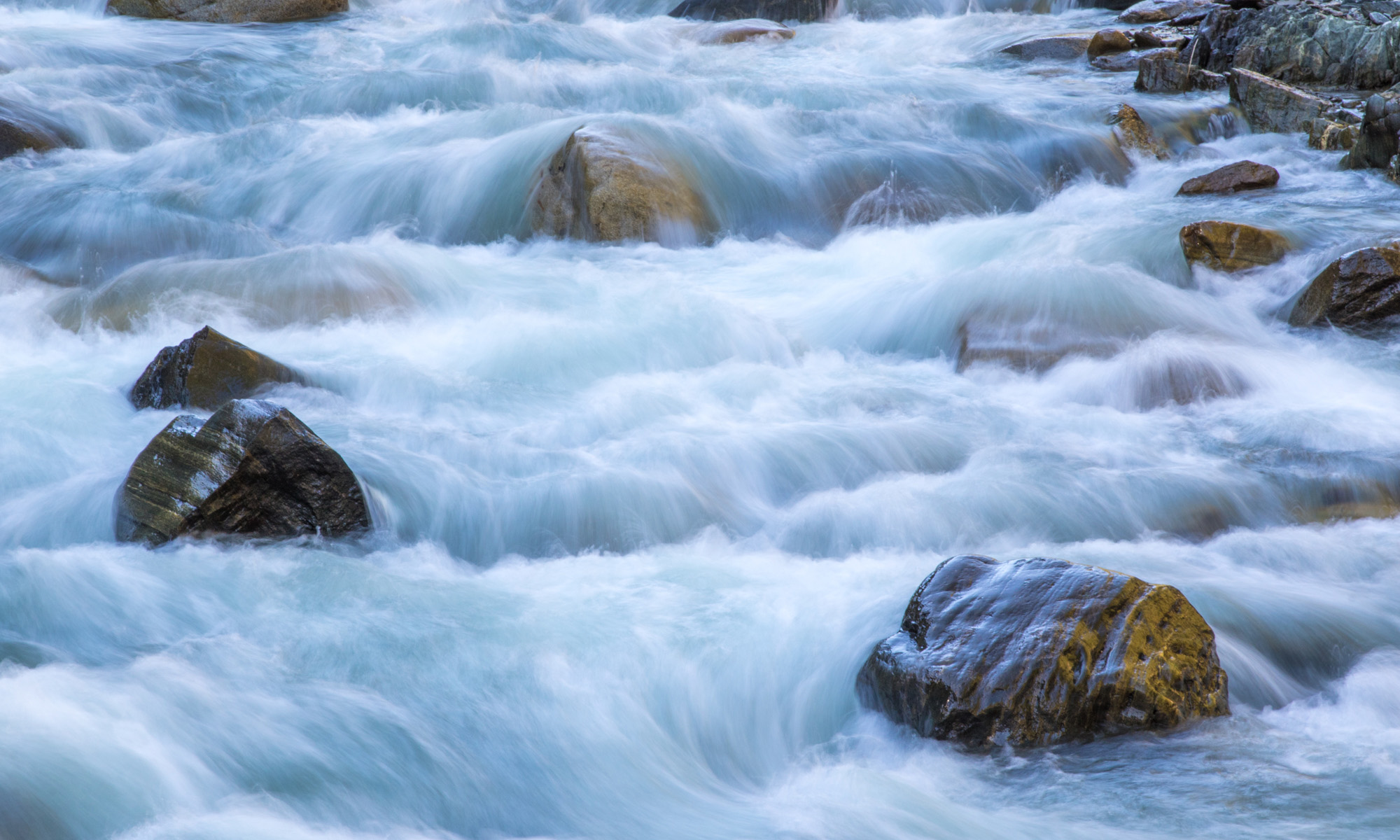Today’s Question: I photograph my Calibrite ColorChecker on-site quite often so I can measure and adjust the white balance of my RAW files for that specific lighting. I usually apply the WB based on the ColorChecker and then make additional tweaks to better match the coloration I perceived at the time. When lighting varies across an image, what is your preferred method for adjusting color across those different regions? Is it correct to force the reference card to appear neutral even when the scene itself was bathed in warm or cool light?
Tim’s Quick Answer: My general preference is to only use a ColorChecker (or gray card or other approach) when I am photographing something that I want to have appear as though it were illuminated by purely white light, such as with product photography. Otherwise, I would tend not to use such a device, or to only use it to get a baseline adjustment that I then shift toward the intended appearance.
More Detail: The primary reason to use a ColorChecker or other color reference such as a gray card is to ensure that the color in a photo is completely accurate, as though the scene were illuminated by white light with no color influence. This is common for product photography where you want the colors of the object to appear accurately, but is generally not at all desirable for other types of photography.
For example, a photograph captured during golden hour should have a shift toward more yellow color values compared to a photo of the same scene captured at midday, and we generally want the photo to reflect that color tint.
So, if you want to use a ColorChecker to get a neutral starting point, that is certainly reasonable. But then I would absolutely shift the color toward a more pleasing value, such as to shift toward warmer color values. The specific shift obviously depends on the nature of the scene you photographed, the quality of the light, and your preference as a photographer.
As for an image where the light varies across the scene, this can be compensated for with a targeted adjustment. In many cases, for example, using a linear gradient to define a mask in conjunction with adjustments for Temperature and Tint will help balance out these colors. In more challenging scenarios you could paint a mask manually based on which areas of an image need specific color adjustments.

